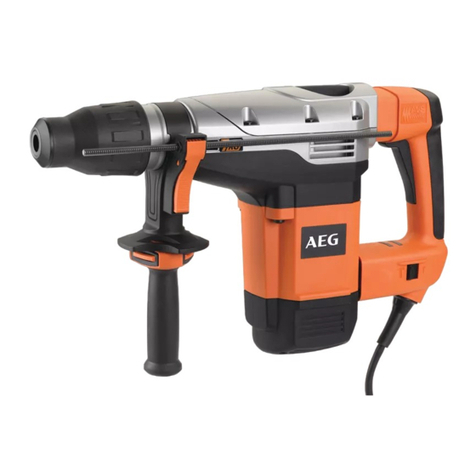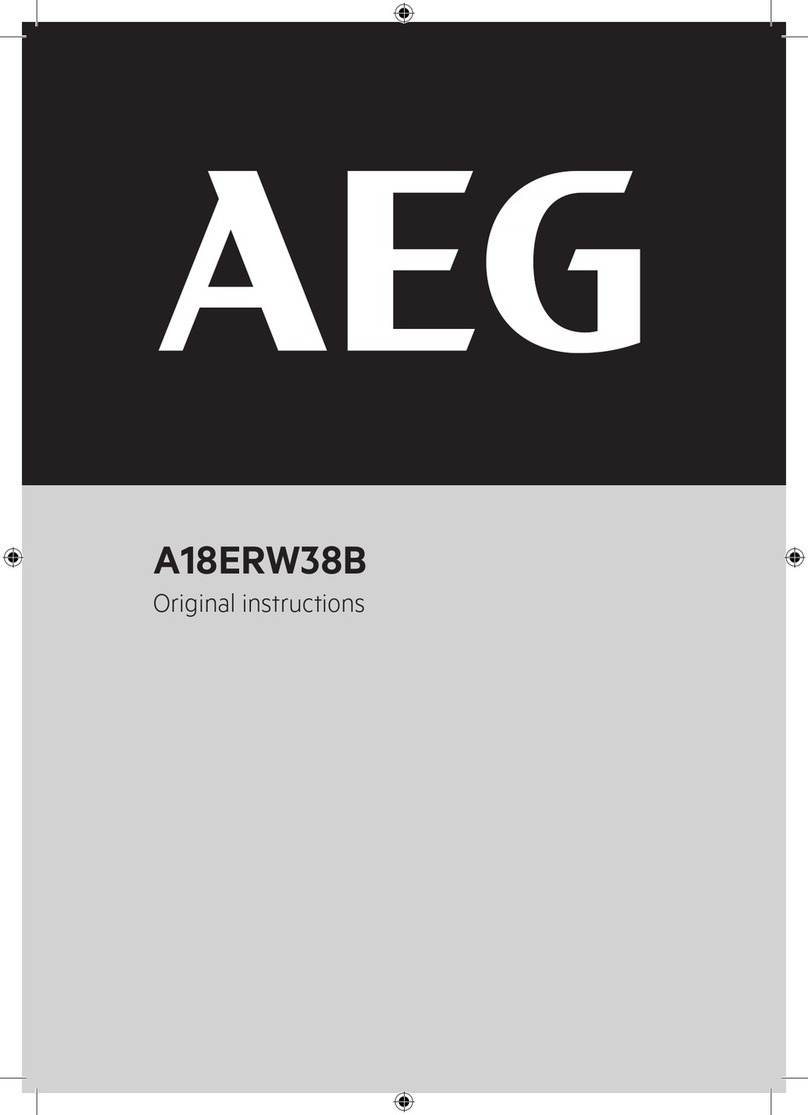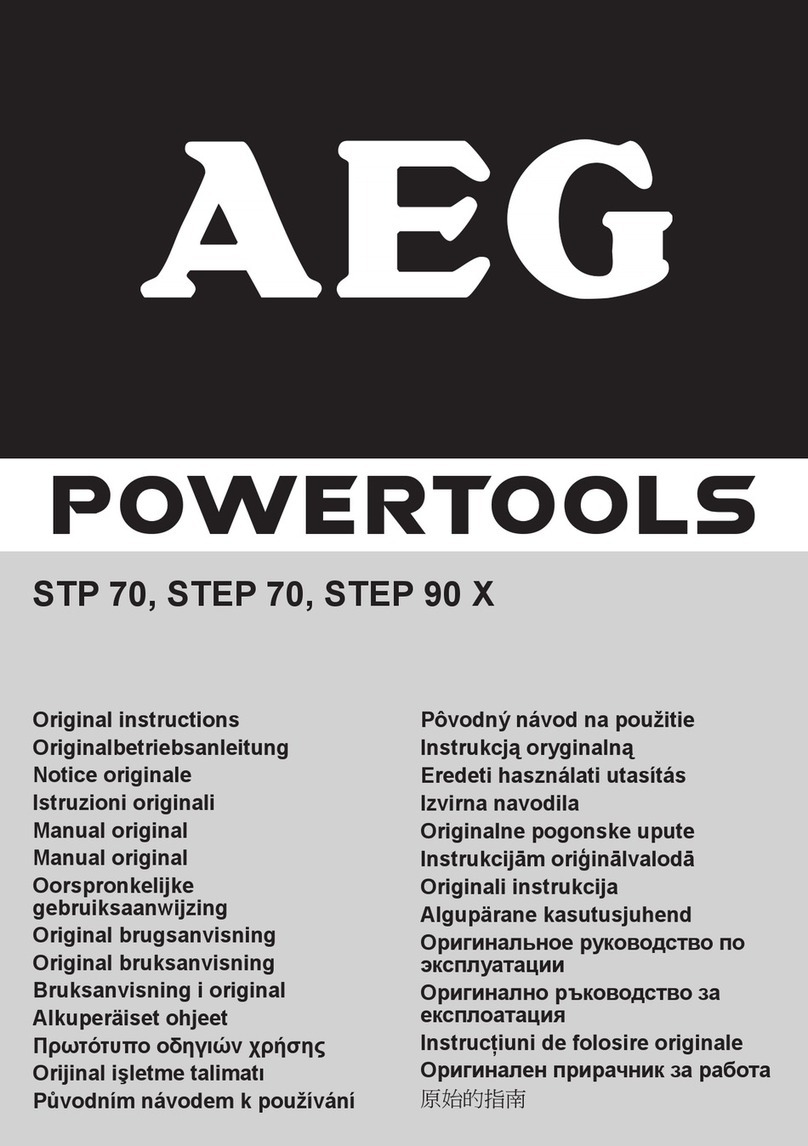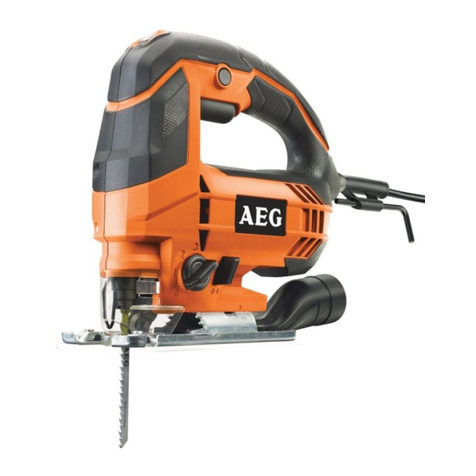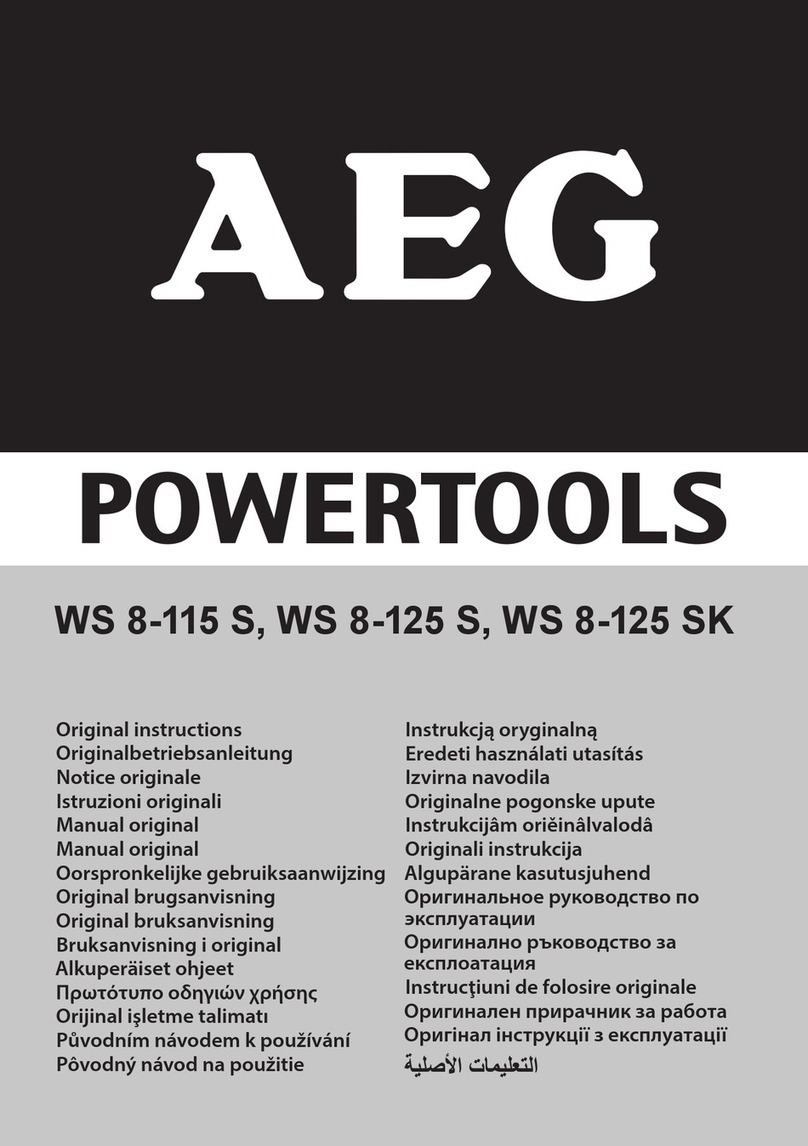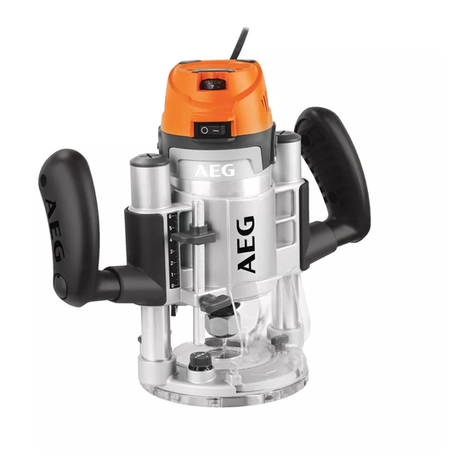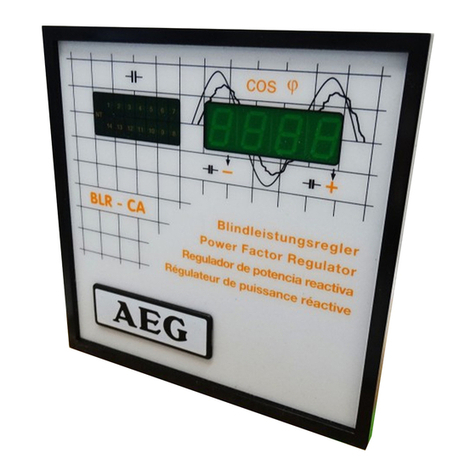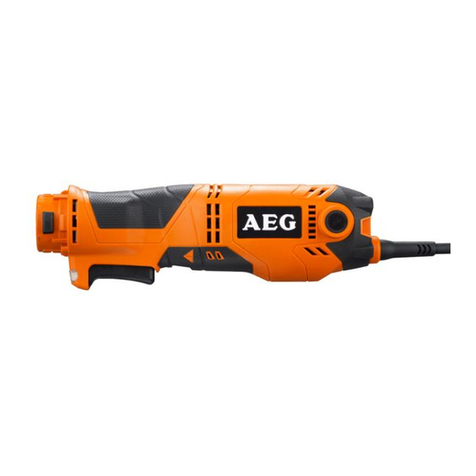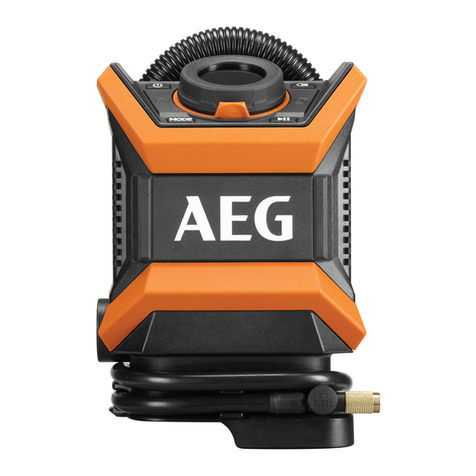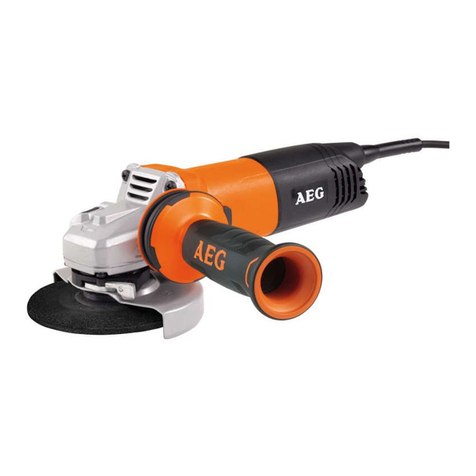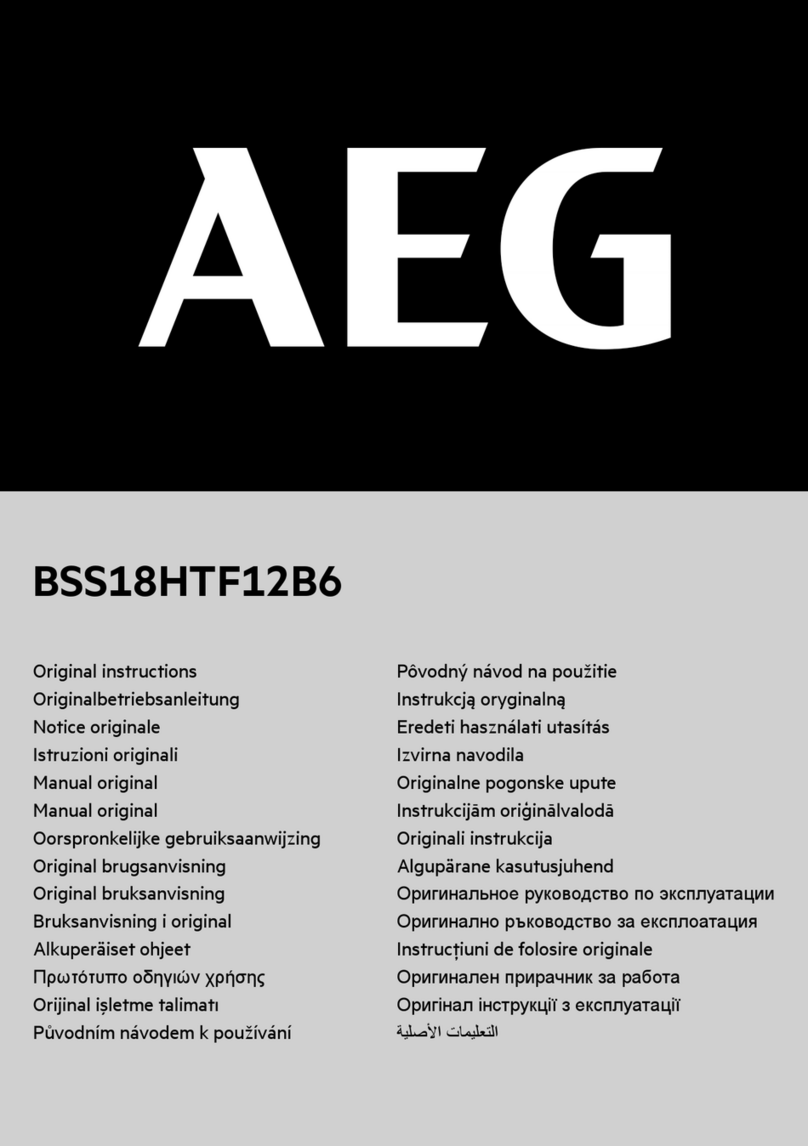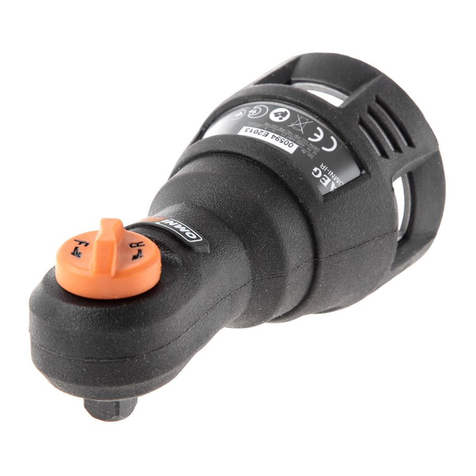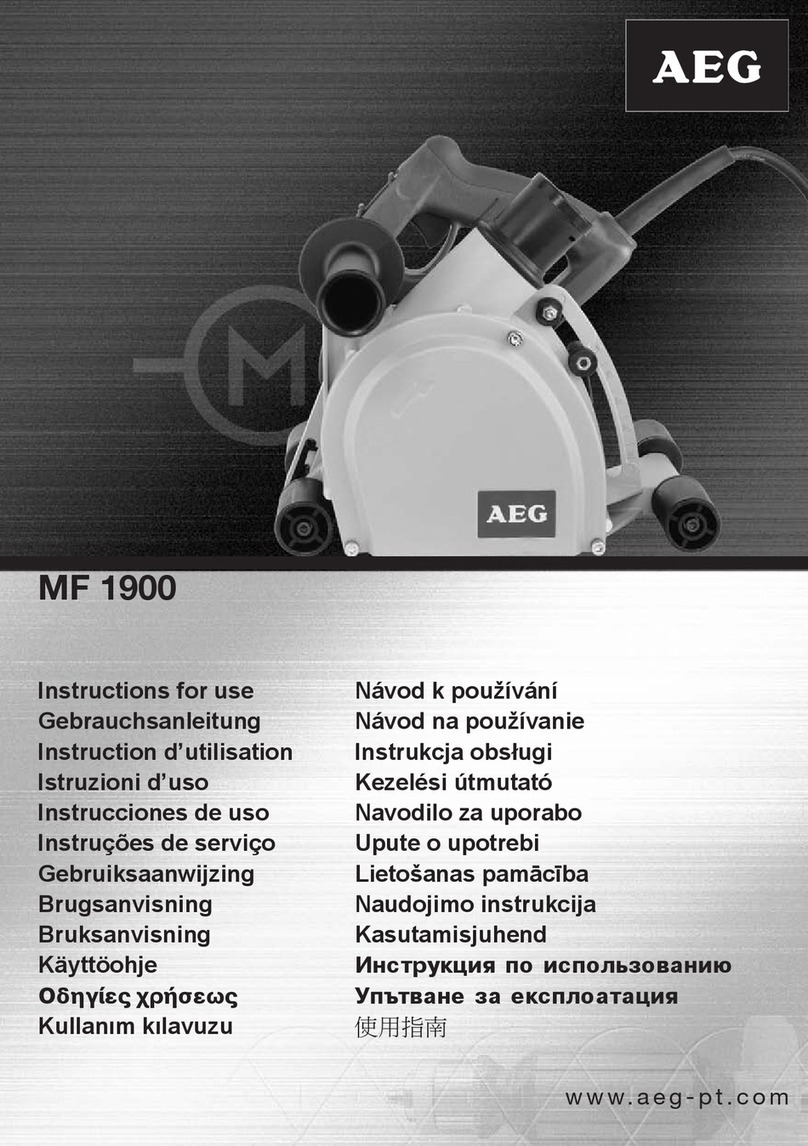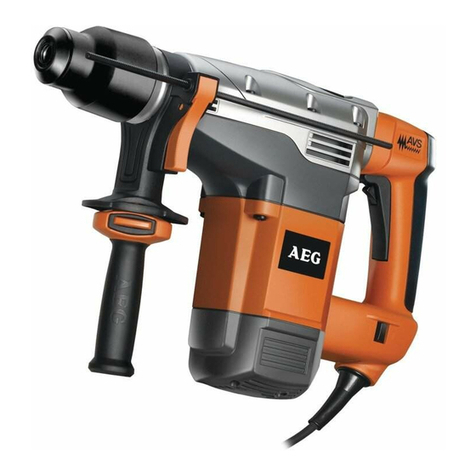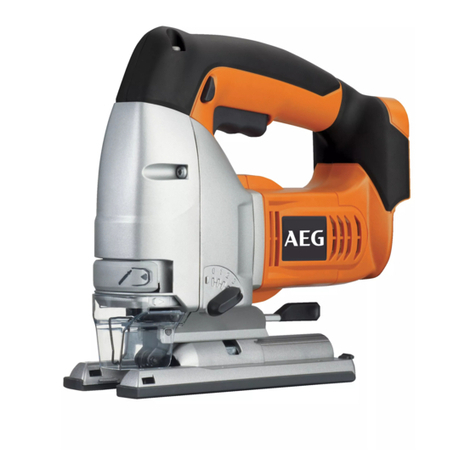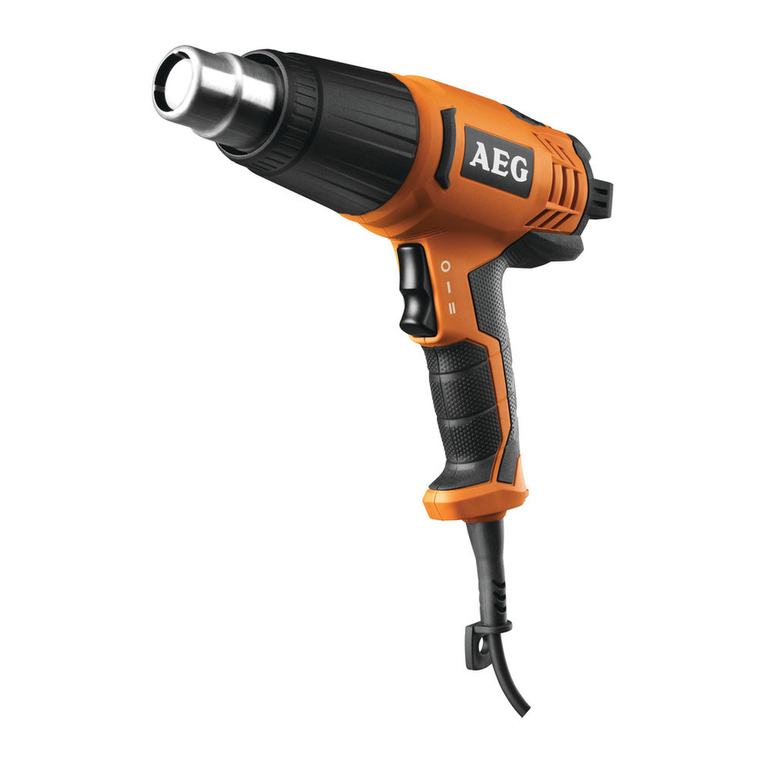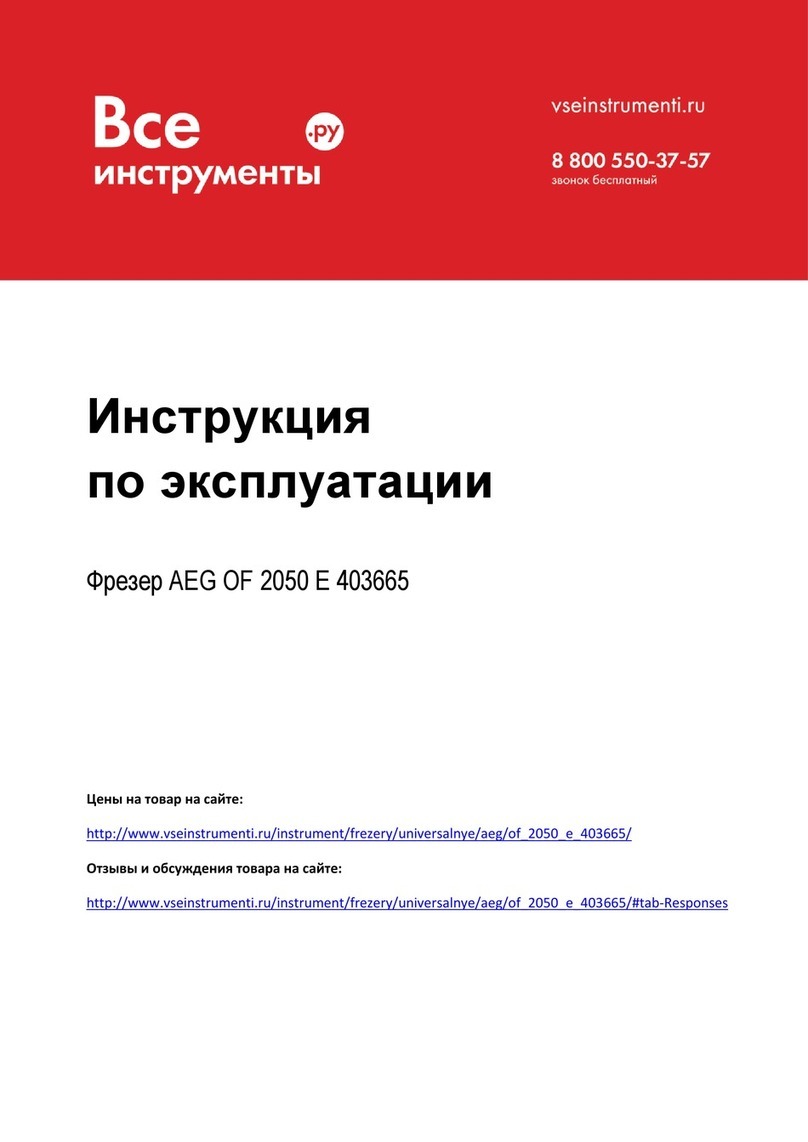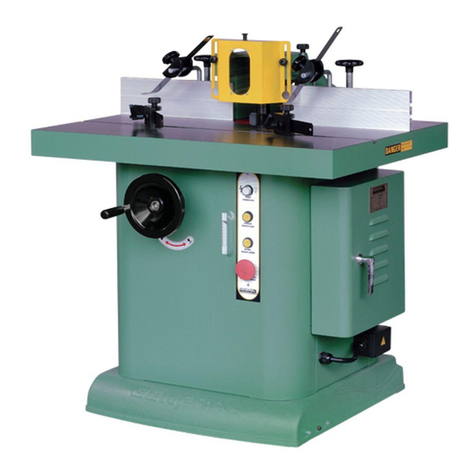
8
Only fasteners matching the description in the product specications
table can be used with the product. Using incorrect fasteners may
lead to jamming or other malfunctions.
Always remove the battery before adjusting the depth of drive.
Do not press the trigger while adjusting the depth of drive.
Do not point the product towards yourself or anyone nearby when
adjusting the depth of drive.
Clamp the workpiece with a clamping device. Unclamped
workpieces can cause severe injury and damage.
Do not switch on the product again after it has stalled. Switching it
on again can cause a kickback with high reaction force. Determine
why the product has stalled and rectify it, paying heed to the safety
instructions.
Ambient temperature range for tool during operation is between 0°C
and 40°C.
Ambient temperature range for tool storage is between 0°C and
40°C.
The recommended ambient temperature range for the charging
system during charging is between 10°C and 38°C.
ADDITIONAL BATTERY SAFETY WARNINGS
WARNING! To reduce the risk of re, personal injury, and
product damage due to a short circuit, never immerse your tool,
battery pack, or charger in uid or allow a uid to ow inside them.
Corrosive or conductive uids, such as seawater, certain industrial
chemicals, and bleach or bleach containing products, etc., can
cause a short circuit.
Do not dispose of used battery packs in the household refuse or
by burning them. AEG Distributors oer to retrieve old batteries to
protect our environment.
Do not store the battery pack together with metal objects (short
circuit risk).
Use only System AEG chargers for charging System AEG battery
packs. Do not use battery packs from other systems.
No metal parts must be allowed to enter the battery section of the
charger (short circuit risk).
Never break open battery packs and chargers and store only in dry
rooms. Keep dry at all times.
Battery acid may leak from damaged batteries under extreme load
or extreme temperatures. In case of contact with battery acid wash
it o immediately with soap and water. In case of eye contact rinse
thoroughly for at least 10 minutes and immediately seek medical
attention.
Ambient temperature range for battery during use is between 0°C
and 40°C.
Ambient temperature range for battery storage is between 0°C and
20°C.
SPECIFIED CONDITIONS OF USE
The stapler is intended to drive staples in soft materials, such as
wood.
This product is not suitable for xing electric cables.
The product is intended for consumer use only.
Do not use the product for any other purpose.
BATTERIES
Battery packs which have not been used for some time should be
recharged before use.
Temperatures in excess of 50°C (122°F) reduce the performance of
the battery pack. Avoid extended exposure to heat or sunshine (risk
of overheating).
The contacts of chargers and battery packs must be kept clean.
For an optimum life-time, the battery packs have to be fully charged,
after used.
To obtain the longest possible battery life remove the battery pack
from the charger once it is fully charged.
For battery pack storage longer than 30 days:
• Store the battery pack where the temperature is below 27°C and
away from moisture.
• Store the battery packs in a 30% - 50% charged condition.
• Every six months of storage, charge the pack as normal.
TRANSPORTING LITHIUM BATTERIES
Lithium-ion batteries are subject to the Dangerous Goods
Legislation requirements.
Transportation of those batteries has to be done in accordance with
local, national and international provisions and regulations.
• The user can transport the batteries by road without further
requirements.
• Commercial transport of Lithium-Ion batteries by third parties is
subject to Dangerous Goods regulations. Transport preparation
and transport are exclusively to be carried out by appropriately
trained persons and the process has to be accompanied by
corresponding experts.
When transporting batteries:
• Ensure that battery contact terminals are protected and insulated
to prevent short circuit.
• Ensure that battery pack is secured against movement within
packaging.
• Do not transport batteries that are cracked or leak.
Check with forwarding company for further advice.
BATTERY PACK PROTECTION LI-ION BATTERY
The battery pack has overload protection that protects it from being
overloaded and helps to ensure long life. Under extreme stress the
battery electronics switch off the machine automatically. To restart,
switch the machine off and then on again. If the machine does not
start up again, the battery pack may have discharged completely. In
this case it must be recharged in the battery charger.
MAINTENANCE
Use only AEG accessories and AEG spare parts. Should
components need to be replaced which have not been described,
please contact one of our AEG service agents (see our list of
guarantee/service addresses).
If needed, an exploded view of the tool can be ordered. Please state
the Article No. as well as the machine type printed on the label and
order the drawing at your local service agents or directly at:
Techtronic Industries Australia Pty Ltd
PO Box 1065
Mount Waverley VIC 3149
Tel. no. 1300 234 797
Australia
Techtronic Industries N.Z. Limited
PO Box 12-806
Penrose AUCKLAND 1642
Tel. no. 0800 234 797(0800 AEGPWR)
New Zealand
SYMBOLS
Read the instructions carefully before starting the
product.
CAUTION! WARNING! DANGER!
Remove the battery pack before starting any work on
the product.
Accessory - Not included in standard equipment,
available as an accessory.
